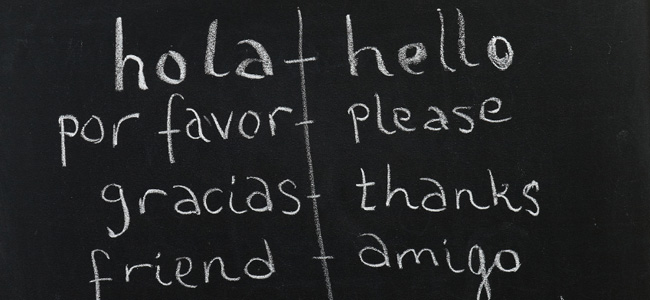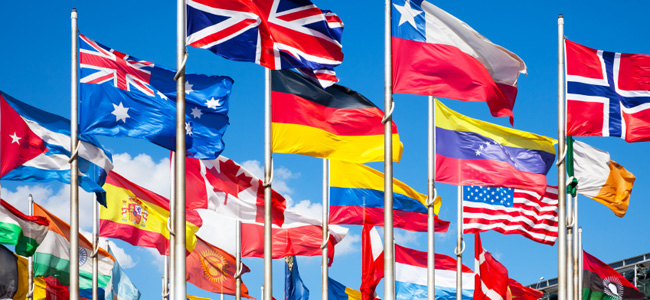What it is that makes Americans so resistant to learning foreign languages? Maybe it’s our history of isolationism, maybe it’s patriotism, maybe (probably) it’s laziness. If English was good enough for Jesus and Shakespeare, it’s good enough for us, we sometimes say. But a few moments of surfing the worldwide web is time enough to discover that many of us refuse even to learn our own language. Here are 20 cold, hard, embarrassing facts about foreign language learning in the U.S. of A.

- In Europe, 44% of citizens speak multiple languages. In the U.S., only a paltry 9% can say the same.
- It is estimated that more than half the world speaks at least two languages, compared to our rate of slightly less than 1 in 10.
- Students in Finland dedicate about 16 hours each week to foreign languages, and still manage to come in second in reading, second in math, and first in science. American students’ ranks: 14th, 25th, and 17th out of 34.
- In the last 30 years, we’ve had just two presidents with passable abilities in one foreign language (excepting President George W. Bush’s attempts at Spanish).
- We haven’t had a multilingual president since Franklin D. Roosevelt. That’s 66 years, if you’re counting.

- “An avalanche of criticism” came down on Barack Obama in 2008 when he dared to suggest American children should learn a foreign language. Later he had to point out to the American public that learning is a good thing.
- As of 2011, only 10 states have a foreign language requirement for graduating from high school…
- …So it should come as no surprise that 2/3 of all U.S. high school students graduate without studying a foreign language. Not mastering a foreign language — studying.
- Sign language is the No. 4 most-studied foreign language at American universities. Learning any language is a good thing, but considering there are many more Russians, Italians, Dutch, and Greeks in the world than there are deaf people, these languages deserve to be much higher on the list.
- According to the U.S. Department of Education, as of 2006, not even 1% of American high school students combined studied Arabic, Chinese, Japanese, Korean, Russian, or Urdu. Together these languages are spoken by an estimated 1.7 billion people (so they’re kind of important).

- An estimated 60,000 American students study Chinese, compared to 200 million Chinese students studying English. That’s a 1:3,333 ratio.
- The recent spike in the study of Chinese is due to the fact China is sending us teachers and paying their salaries for us.
- In the summer of 2011, federal funding to 14 foreign language programs arranged through the Higher Education Opportunity Act was cut by 40%, from $126 million to $76 million.
- That $76 million for foreign language represents 0.00126% of the total federal budget.
- Five years ago, the number of college students graduating without ever having taken a foreign language class was 92%.

- The laughably-small total of 136 bachelor’s degrees was awarded for studies in foreign language in 2008.
- From 1997 to 2008, the percentage of elementary schools offering foreign language instruction fell from 1/3 to 1/4.
- It’s no wonder schools don’t offer foreign languages anymore — they can’t find anyone to teach them. In the 2007-2008 school year, 3/4 of states experienced shortages of foreign language instructors.
- Of the 25 leading industrialized countries in the world, 20 begin teaching students foreign languages in elementary school. In the U.S., the average starting age for learning a second language is 14.
- In 2008, Hillary Clinton, now the Secretary of State and thus the highest-ranking foreign diplomat in the country, demonstrated what an American education culminating with a diploma from Yale Law School apparently gets you — a total lack of foreign language skills.
No comments:
Post a Comment